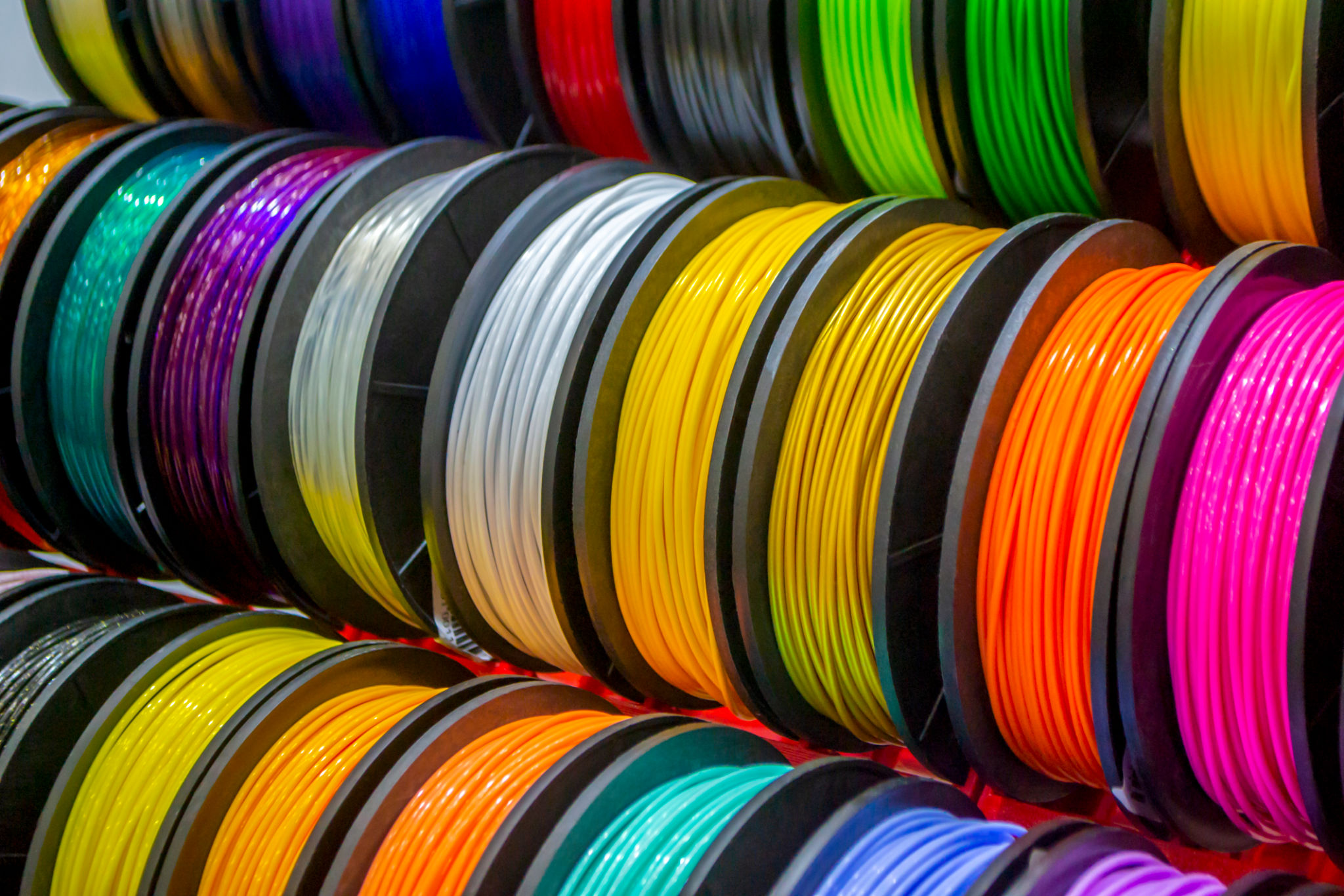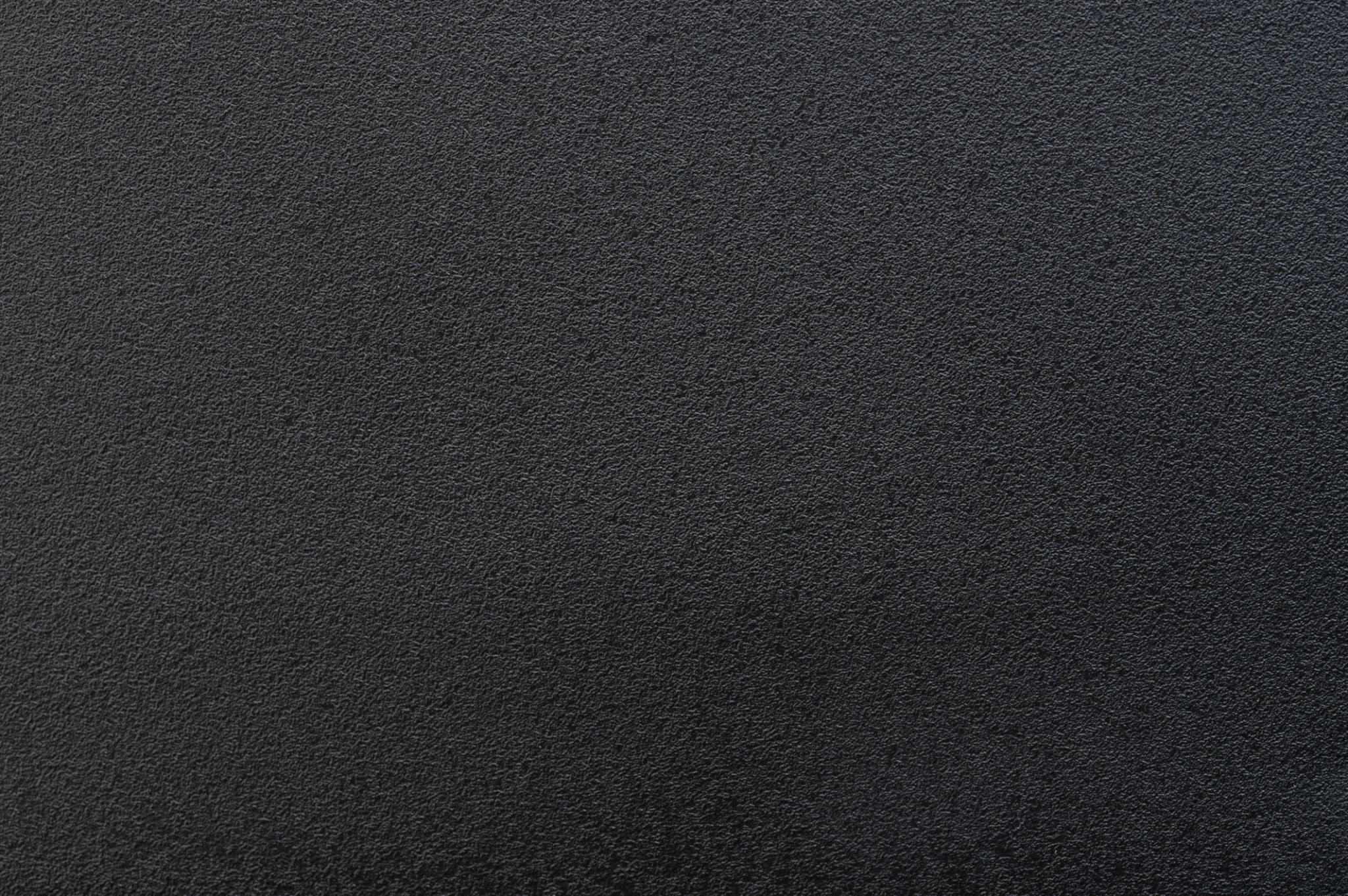PETG vs ABS: Choosing the Right Material for 3D Printed Fixtures and Housings
Understanding PETG and ABS Materials
In the world of 3D printing, choosing the right material is crucial to the success of your project. Two of the most popular materials used for 3D printed fixtures and housings are PETG and ABS. Each has its own strengths, making them suitable for different applications. Understanding their characteristics can help you make an informed decision for your printing needs.
PETG, or polyethylene terephthalate glycol, is a durable and flexible material known for its excellent chemical resistance and ease of use. It combines the best aspects of PLA and ABS, offering both strength and versatility. Meanwhile, ABS, or acrylonitrile butadiene styrene, is a thermoplastic known for its toughness and ability to withstand high temperatures.

Key Properties of PETG
One of the standout features of PETG is its strength and flexibility. This material is less brittle than PLA and can handle more stress without cracking, making it ideal for functional parts that may experience wear and tear. Additionally, PETG is known for its chemical resistance, which is beneficial in environments where exposure to chemicals is a concern.
PETG is also highly transparent, which can be advantageous if clarity is a priority for your project. Its transparency allows it to be used in applications where visual inspection of internal components is necessary. Moreover, PETG's low shrinkage rate during cooling results in fewer warping issues compared to other materials.
Advantages of ABS
ABS is renowned for its impact resistance, making it a preferred choice for applications requiring toughness. This material can withstand substantial physical stress, making it suitable for items such as protective housings and mechanical parts. Another key advantage of ABS is its ability to endure higher temperatures, which enhances its usability in environments where heat resistance is vital.

Additionally, ABS can be easily post-processed. It sands down smoothly, allowing for a fine finish that is perfect for aesthetic applications. Furthermore, it can be glued and painted with ease, providing additional flexibility in design and customization.
Comparing Ease of Use
When it comes to ease of use, PETG is generally considered more user-friendly compared to ABS. PETG can be printed at lower temperatures and does not emit unpleasant odors, making it more suitable for home environments. Its reduced warping tendency means it also requires less effort in terms of bed adhesion and calibration.
ABS, however, requires a more controlled environment to prevent warping and cracking. This often involves using an enclosed printer or a heated bed to maintain a stable temperature throughout the printing process. Despite these additional requirements, the higher melting point of ABS contributes to its durability in high-temperature applications.

Choosing the Right Material for Your Project
The decision between PETG and ABS ultimately depends on the specific needs of your 3D printing project. If you're looking for a material that offers transparency, chemical resistance, and ease of use, PETG may be the better choice. On the other hand, if your project demands higher impact resistance and heat tolerance, ABS could be more suitable.
Consider also the environment in which the final product will be used. For outdoor applications or exposure to sunlight, PETG's UV resistance may provide an advantage over ABS. Conversely, if high mechanical stress is anticipated, ABS's toughness could prove invaluable.
Conclusion
Both PETG and ABS have their unique advantages and limitations, making them suitable for different applications in 3D printing. By understanding their properties and assessing your project's requirements, you can select the material that best aligns with your goals. Whether you prioritize ease of use or need robust durability, knowledgeable selection ensures successful 3D printing outcomes.